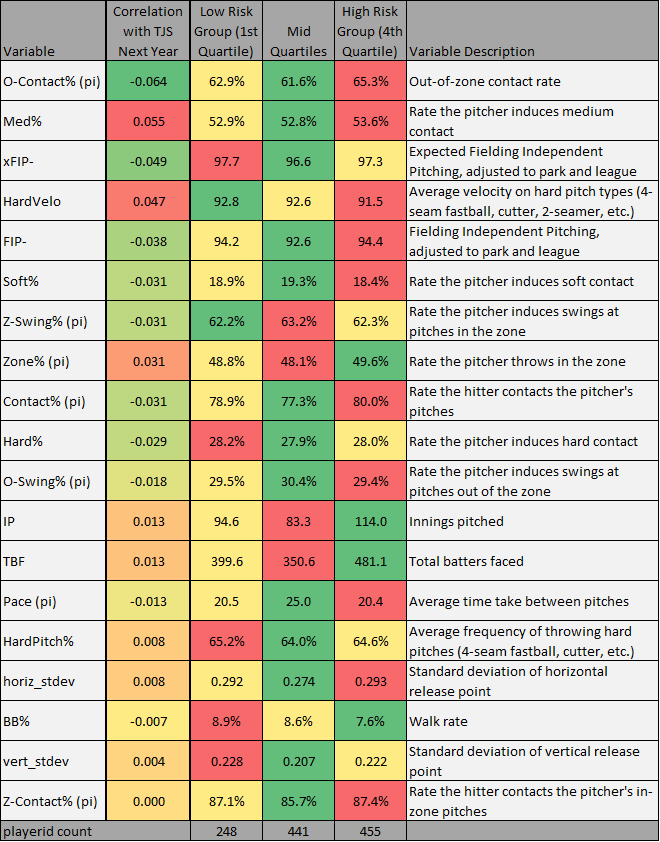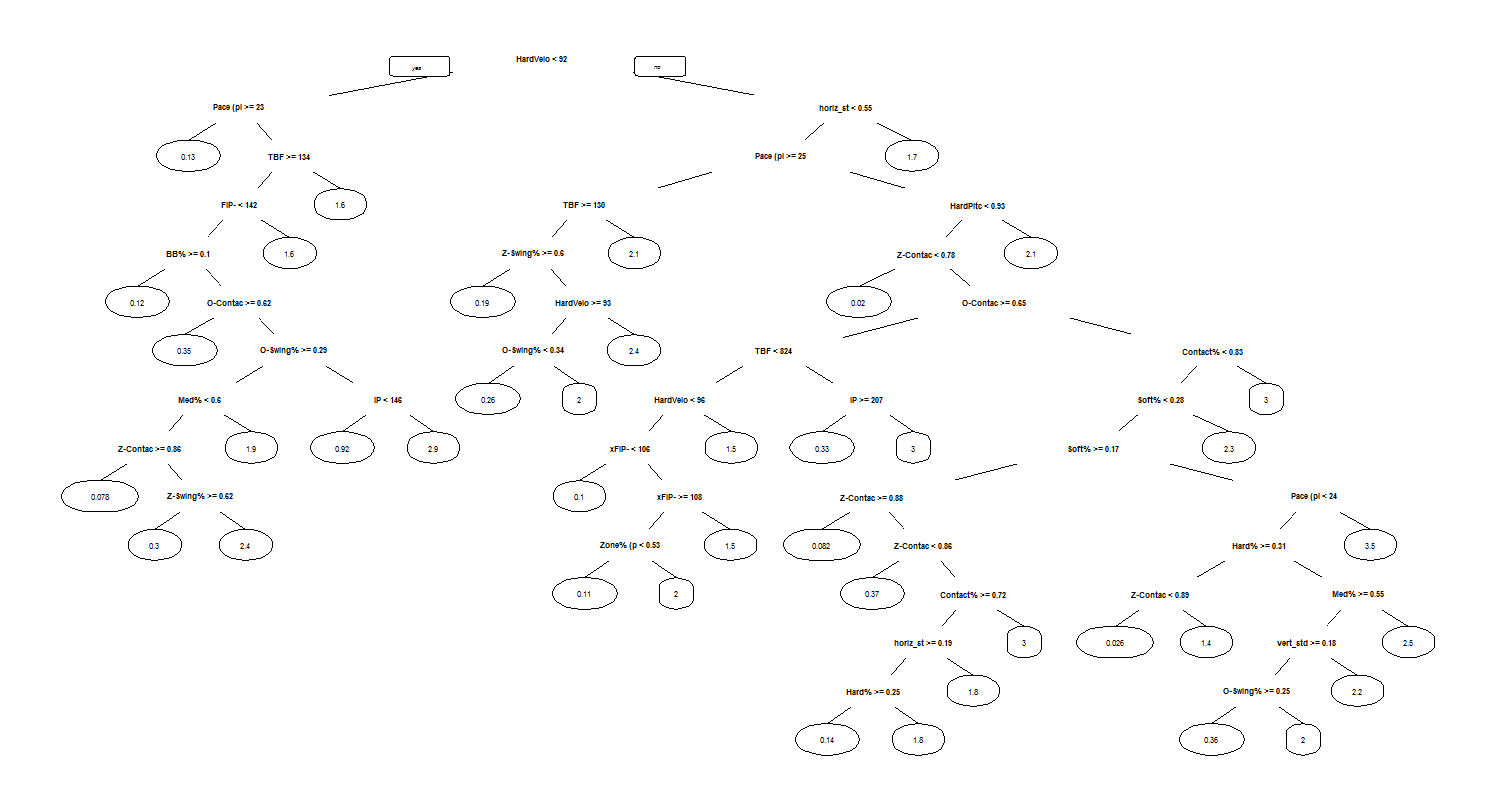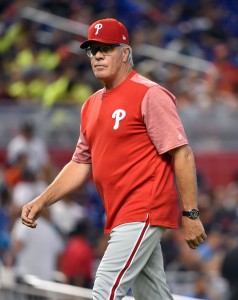The Mets have an interest in talking to Rays third base coach Charlie Montoyo about their upcoming managerial vacancy, Adam Rubin reports (Twitter link). Montoyo has been a fixture in the Rays organization even before the franchise’s first MLB game, managing his way up the farm system ranks from 1997-2014, including eight years at Triple-A Durham. He joined the big league staff in his current role prior to the 2015 season after receiving some consideration for the manager’s job that eventually went to Kevin Cash. Montoyo also interviewed with the Mariners prior to Scott Servais’ hiring. With Terry Collins widely expected to not be returning to the Mets’ dugout in 2018, Montoyo is the latest of several names already rumored to be in the running to be New York’s new manager.
Here are some more Rays-related items, stemming from a Q&A between principal owner Stuart Sternberg and Marc Topkin of the Tampa Bay Times (part one; part two)…
- Sternberg is disappointed at the team’s late fade from playoff contention but doesn’t regret spending extra money and dealing prospects for midseason upgrades. “We’d do it 10 times out of 10 again…I’d love to be in that position every year to be able to do that with the kind of team we thought we had, and the team we had up until the All-Star break,” Sternberg said.
- Those extra expenditures, however, will impact the team’s 2018 plans. The payroll will “absolutely” drop from its current $80MM range, and though Sternberg doesn’t “anticipate” an enormous payroll dropoff and a shift towards a rebuild, he also didn’t entirely rule out the possibility: “The team is good enough clearly, and we have confidence in the guys, but we’ll see how the offseason goes. Who’s available to us? What’s available in trade for us? We try to react to what the market is going to bear.”
- No management changes seem to be forthcoming, as Sternberg expressed confidence in the front office and in Kevin Cash’s work in the dugout.
- “It’s a big stretch” to keep players like Alex Cobb to the very end of their contracts, given how the Rays often look to trade veteran stars and replenish the farm system. Despite trade rumors throughout the year, Cobb stayed in the fold and delivered a solid season, leaving the Rays now potentially unable to get anything in return if Cobb signs elsewhere, given the risk involved in issuing him a qualifying offer. Sternberg called Cobb “a quality guy” and praised the right-hander’s contribution to the team.
- The Rays continue to lack revenue, as this season saw more low attendance despite a club that was contention for much of the year. Sternberg cited lower-than-expected attendance numbers for visits from the Red Sox and Cubs, not to mention the unexpected shift of a home series against the Yankees moved to Citi Field due to Hurricane Irma. “All in all, it was a minus-minus-minus. However, having said that, we’re incredibly fortunate for what could have been,” Sternberg said about the Citi Field series.
- A new television contract is “way down the road” for the franchise, as Sternberg said that the Rays could end up receiving less than they currently do for broadcast rights “given what’s gone on with cord-cutting and the value of cable.” Sternberg also hinted that the Rays could explore starting their own TV network.



